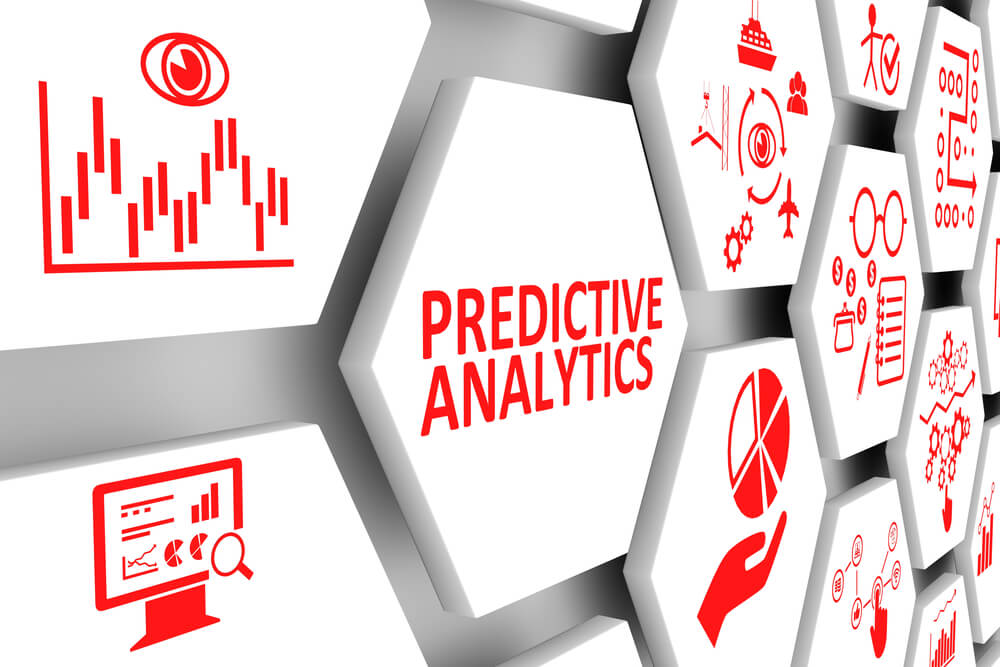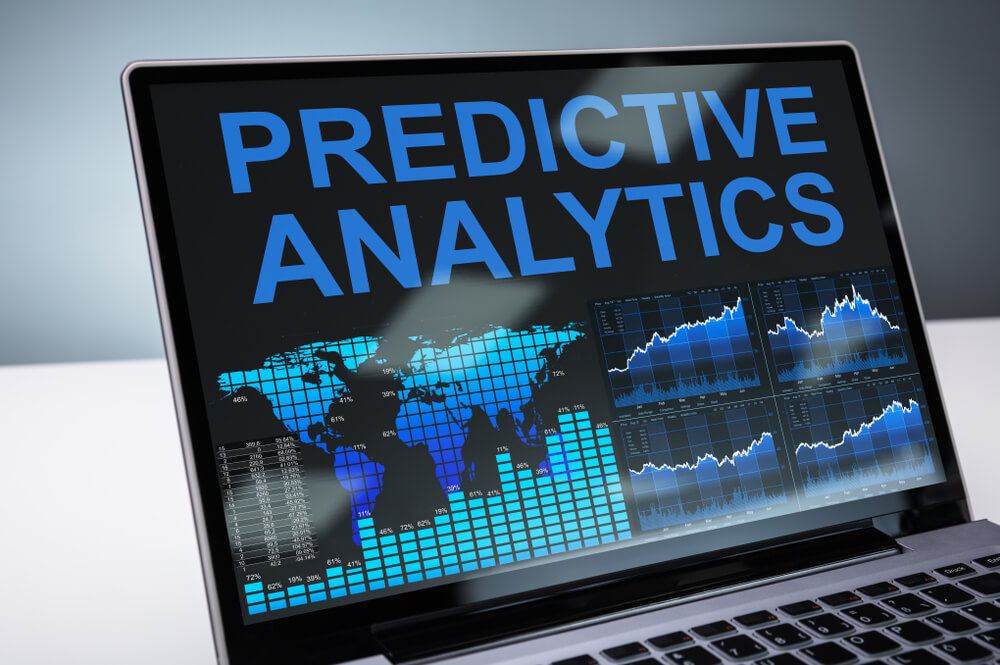
5 Uses for Predictive Analytics in Strong B2B Email Strategy
Predictive analytics has reshaped B2B email marketing by providing nuanced analysis of future trends. This transformative approach, driven by historical data and machine learning, has become essential for those wanting to stay competitive.
This article discusses the many benefits of predictive analytics in B2B campaigns:
- Enhancing segmentation
- Predicting optimal sending times
- Optimizing content and personalizing experiences
- Determining customer behaviors and trends
- Improving lead scoring and conversions
Thinking about integrating predictive analytics into your B2B email strategy? Discover effective ways to leverage it in this article. Let’s go!
Tired of investing in Search Engine Optimization without getting any results? See how Digital Authority Partners turns that around!
How Does Predictive Analytics Work?
Machine learning and artificial intelligence (AI) have expanded the scope of predictive models across various fields. Today, businesses use different tools, techniques, and hybrid cloud deployment to make predictive analytics more accessible and sophisticated.
Predictive analytics uses algorithms such as neural networks and decision trees to sift through massive amounts of data. The insights from this analysis guide future actions, adding a strategic edge to business initiatives. This foresight empowers businesses to proactively boost revenue generation.
In email marketing, predictive analytics works like an almanac, predicting customer behavior from past interactions and guiding them to their best path. It learns from past emails to predict how the leads will behave later. It also tailors messages for engaging and meaningful conversations.
5 Uses of Predictive Analytics in Email Marketing

Predictive analytics significantly enhances the effectiveness of your email campaigns while saving valuable time and resources. Develop a robust B2B email strategy with predictive analytics by:
1. Enhancing Segmentation
Predictive analytics revolutionizes email segmentation by studying customer behavior, preferences, and past interactions, providing a nuanced understanding of the audience. Diversify your strategy and expand your personalization efforts by performing:
- Behavior analysis: Predictive analytics inspects how customers engage with emails to uncover patterns for segmentation and personalization. Suppose analytics shows that a group of customers consistently opens emails within a few minutes of receiving them, so it recommends creating a “quick responders” category for personalizing content.
- Predictive scoring: Assigning scores based on predictive models helps identify high-value segments, directs marketing efforts where they are likely to yield the most influence, and improves customer lifetime value and retention.
- Demographic insights: Predictive analytics dives deeper into the market’s characteristics for granular segmentation and hyper-personalization strategies. For example, it identifies preferred communication channels, leading to subgroups such as “social media enthusiasts” or “technology aficionados.”
This precise segmentation goes beyond categorization; it allows you to craft personalized and relevant email content that drives conversion, fosters a deeper connection, and promotes more engaging campaigns.
2. Predicting Optimal Sending Times
Predictive analytics proves invaluable in deciphering the optimal times for email outreach for maximum B2B engagement. Timing can make a significant impact on your campaign, providing:
- Increased open rates: Pinpointing peak hours through predictive analytics enhances the likelihood of emails being opened promptly.
- Enhanced click-through rates: Timing influences user activity. Sending emails when subscribers actively check their inboxes boosts click-through rates.
- Improved response rates: Selecting optimal sending times increases the chances of eliciting timely responses and more productive conversations.
Predictive analytics improves an email marketing’s outcome with strategic, data-driven scheduling.
3. Optimizing Content and Personalizing Experiences
Analyzing historical data and customer behaviors unveils patterns that guide, optimize, and personalize email content strategies such as A/B testing.
For example, past data shows that customers tend to open emails with subject lines about “sales” more often on weekdays than on weekends. You could test sending emails with a sales-related subject line during the week and a different one over the weekend to see if open rates differ.
The patterns revealed determine the types of email content, segmentation, and timing that work best for the targeted leads. The results also continuously refine content.
However, many businesses need help to determine and prioritize testing. A recommended best practice is to employ data mining and predictive analytics. Here is how it works:
- Smart testing: AI algorithms analyze extensive datasets to predict which subject lines and content will likely engage recipients.
- Continuous learning: Through ongoing testing, AI refines its understanding of audience preferences to develop more effective content over time.
- Personalization: AI enables personalized content creation based on individual recipient behaviors and preferences.
4. Predicting Customer Behaviors and Trends
Predictive analytics uses data and statistical models to estimate future customer behaviors and market trends. It lets you act on data-driven, customer-focused insights for better email personalization, relevance, and performance.
Specifically, predictive analytics offers the following benefits:
- Identifies patterns and trends in behavior, offering insights into future actions
- Forecasting emerging trends to provide the business with a competitive edge by examining market data
- Anticipating customer needs, making you more proactive
- Tailoring email strategies to align them with anticipated customer behaviors and market trends
Predictive analytics works like a compass. It guides businesses in navigating complex customer needs and market dynamics through highly targeted email strategies.
5. Improving Lead Scoring and Predicting Conversions
Using machine learning and natural language processing, predictive analytics empowers informed decision-making and boosts conversion through more accurate lead scoring. This way, sales and marketing teams can prioritize high-value leads.
Predictive analytics also:
- Optimizes resource allocation. Efficient lead scoring enables you to allocate more resources to markets and strategies that yield the best outcomes.
- Enhances return on investment (ROI). The ripple effect of improved lead scoring is increased ROI. Concentrating efforts on conversion-ready leads maximizes the efficiency of B2B email marketing campaigns.
How to Integrate Predictive Analytics with Overall Marketing Strategies

Integrating predictive analytics into overall marketing strategies is pivotal for staying ahead of the competition. The insights also provide valuable direction that shapes broader marketing initiatives.
Align B2B email campaigns seamlessly with overarching marketing efforts with these tips:
- Match the email’s message with business objectives and branding. This reinforces core brand identity and values through email.
- Create a cohesive customer experience by integrating data from predictive analytics into all customer touchpoints.
- Coordinate timing and content across various marketing channels, including social media and advertising, to amplify the impact of campaigns.
- Plan integrated nurture streams that introduce a topic on social media, educate through blogs or advertising, and drive conversions via email.
- Personalize content based on historical customer data and known interests to provide value. Predictive analytics helps segment and profile target audiences for precise 1:1 messaging.
- Promote engagement opportunities identified through predictive lead scoring, such as high-value newsletter signups and gated resource offers.
- Track email analytics aligned to business key performance indicators, not just open and click rates. Show how email achieves critical program objectives around revenue generation.
Summing Up
Predictive analytics transforms B2B email marketing. It enhances segmentation, timing, content optimization, behavior prediction, and lead scoring. It helps businesses navigate uncertainties, anticipate customer needs, and tailor strategies effectively.
Do you want to leverage this strategy in your business? Contact Digital Authority Partners (DAP) to schedule a free consultation.
Want To Meet Our Expert Team?
Book a meeting directly here




